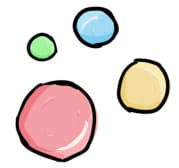Moving from a vision to a reality.
From Linear to Circular economy
Our economy is currently locked into a system which favors the linear model of production and consumption. However, this lock-in is weakening under the pressure of several powerful disruptive trends. We must take advantage of this favorable alignment of economic, technological, and social factors in order to accelerate the transition to a circular economy. Circularity is making inroads into the linear economy and has moved beyond the proof of concept; the challenge we face now is to mainstream the circular economy, and bring it to scale.
Linear Economy
(Référence ImpactX)
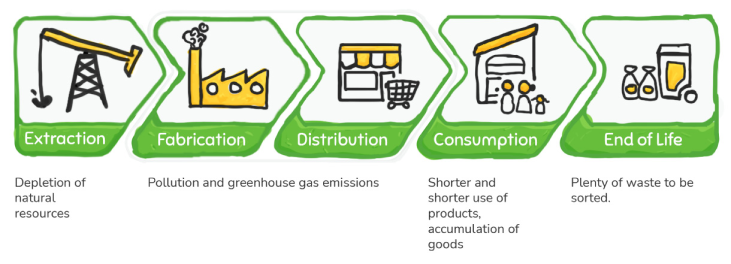
The traditional linear economy pattern follows the take-make-dispose scheme
This method of production is maximizing the uses of collected raw materials before transforming them into products and eventually disposing of them as unusable material.
During the production process, resources are usually not integrated in the final product. As expected, this creates a double negative effect, as it negatively affects both the environment and climate change.
Linear economy value is created by mass production and the selling of products. Due to this scheme, which is similar to a flat line, the linear economy can be found under the name ‘open cycle.’ The main problem that arises with this production approach is the irrational usage of the available resources. During the process of production, resources are generally not implemented in the final product. Expectedly, this creates a double negative effect, because it negatively affects both the environment and climate changes.
Linear economy exhausts raw materials hand energy, which results in CO₂ emissions. Statistically, around 68% of input raw materials are of non-renewable nature which poses a grave problem and threat to the environment, given that these products are either detonated or burned. Besides the severe damage to the biosphere, the downfall of the linear economy is human exploitation as well. This system puts an emphasis on the products themselves, and the outcome of such an equation is – mass production and consumption. Yet, to supplement the markets’ needs, the economy exploits workers.
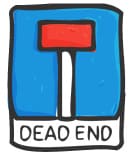
The linear model reaches its limits...
So what’s the alternative tha can help us meet our daily needs while respecting our environment ?
If you want to know more about circular economy, here is some of ideas to get you in touch with this economy ...
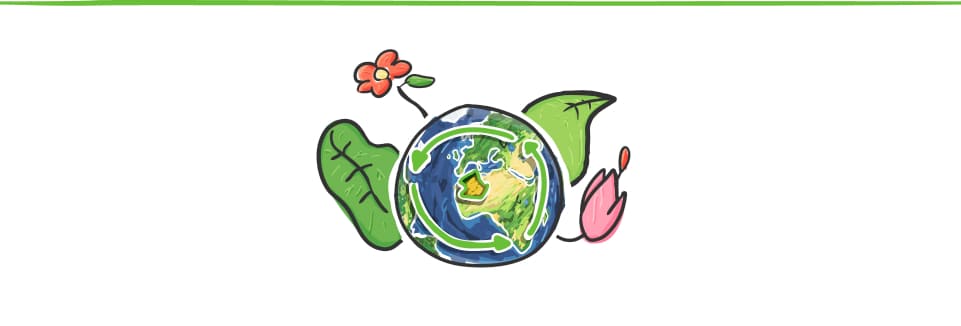
Circular Economy
(Ellen Macarthur foundation reference)
Circular economy comes as an alternative to the method of the linear economy. The name was first coined by Pearce and Turner in 1989, although the theory originates from the 1960s. Many environment-conscious theorists and economists have predicted the aftermath of mass consumption and production. In the meantime, they had been elaborating on a better and more conscious way of production.
Compared to the linear economy, the circular economy works in a far smoother and more sustainable way. The main focus of this economy is to maintain the added value of material while eliminating waste as best as possible. The circular economy is concentrated on the usage of products as resources. The method used by the circular economy is actually the 4R principle: refuse, reduce, reuse, and recycle.
Particularly, exhausting resources are minimally used during production, while the old, used products are reused to the maximum. What makes this production method circular is that the raw materials are recycled or reused. To put it simply, to create one product, we use minimal resources. Then, that same product will be additionally reused instead of disposed of. This provides a healthier approach towards the environment as well as more sustainable usage of the pool of resources.
Simply Put...
A Circular Economy, is an economy that is restorative and regenerative by design. It is based on three principles:
- Eliminate waste and pollution
- Keep products and materials in use
- Regenerate natural systems
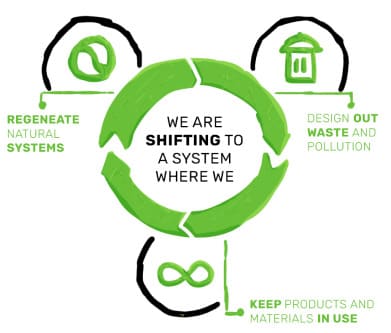
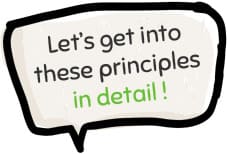
1- Eliminate waste and pollution
What if waste and pollution were never created in the first place?
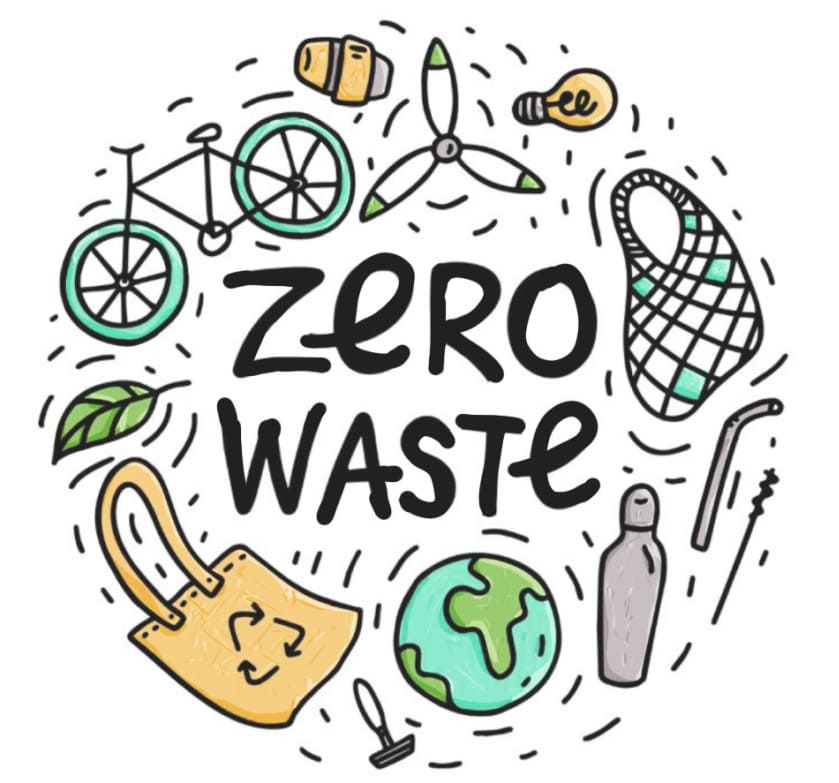
A circular economy reveals and designs out the negative impacts of economic activity that cause damage to human health and natural systems. This includes the release of greenhouse gases and hazardous substances, the pollution of air, land, and water, as well as structural waste such as traffic congestion.
2. KEEP PRODUCTS AND MATERIALS IN USE
What if we could build an economy that uses things rather than uses them up?
A circular economy favors activities that preserve value in the form of energy, labor, and materials. This means designing for durability, reuse, remanufacturing and recycling to keep products, components, and materials circulating in the economy.
3. REGENERATE NATURAL SYSTEMS
What if we could not only protect, but actively improve the environment?
A circular economy avoids the use of non-renewable resources and preserves or enhances renewable ones, for instance by returning valuable nutrients to the soil to support regeneration, or using renewable energy as opposed to relying on fossil fuels.
How do materials circulate in
a circular economy?
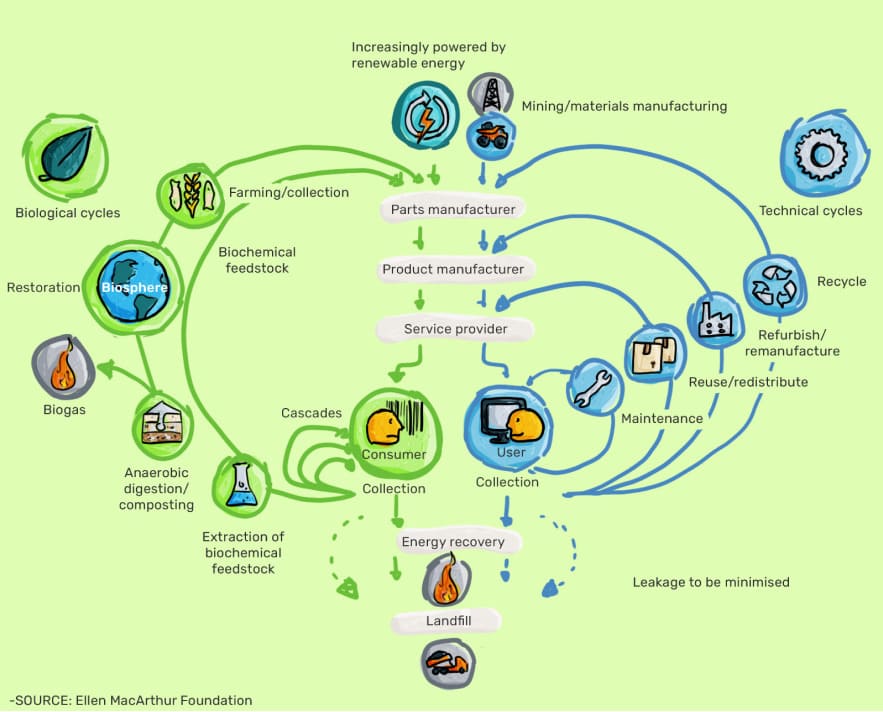
The diagram tries to capture the flow of materials, nutrients, components, and products, whilst adding an element of financial value.
BIOLOGICAL AND TECHNICAL MATERIAL FLOWS
Can a material safely re-enter the natural world?
The first thing that most people notice about the diagram is the separation into two distinct halves, or cycles, which represent two fundamentally distinct flows of material: biological and technical.
Biological materials - represented in green cycles on the left side of the diagram - are those materials that can safely re-enter the natural world, once they have gone through one or more use cycles, where they will biodegrade over time, returning the embedded nutrients to the environment.
Technical materials - represented in blue on the right hand side - cannot re-enter the environment. These materials, such as metals, plastics, and synthetic chemicals, must continuously cycle through the system so that their value can be captured and recaptured.
Maintain/prolong (&share)
This innermost loop of the technical cycle shows the strategy of keeping products and materials in use by prolonging their lifespan for as long as possible through designing for durability as well as maintenance and repair. These long-lasting products can then be shared amongst users who are able to enjoy access to the service they provide, removing the need to create new products.
Reuse/Redistribute
Technical products and materials can also be reused multiple times and redistributed to new users in their original form or with little enhancement or change. Marketplaces such as eBay are proof of this already well-established approach.
Refurbish/ Remanufacture
Remanufacturing and refurbishment are two similar, yet slightly different, processes of restoring value to a product. When a product is remanufactured it is disassembled to the component level and rebuilt (replacing components where necessary) to as-new condition with the same warranty as a new product. Refurbishment is largely a cosmetic process whereby a product is repaired as much as possible, usually without disassembly and the replacement of components.
Recycle
Recycling is a waste treatment process that allows new products to be reintroduced into the consumption cycle. In this way, it gives a second life to an object.
Cascade
This loop, within a biological cycle, refers to the process of putting used materials and components into different uses and extracting, over time, stored energy and material order. Along the cascade, this material order declines until the material ultimately needs to be returned to the natural environment as nutrients.
For example clothes made of organic cotton can be reused to produce new pieces or accessories, which in turn can be reused to produce insulation material for construction or filling for pillows or bean bags. The same applies to materials such as cork or wood. At the end they can easily come back to the biosphere as nutrients after being anaerobically digested.
How do we consume or use products?
One particular subtlety of the diagram is the distinction between consumers and users. In a circular economy, biological materials are the only ones that can be thought of as consumable, while technical materials are used. It makes no sense to say that we consume our washing machines and cars in the same way that we consume food. This is a subtle, but important distinction in how we view our relationship to materials.

How you as a Consumer / user can help achieve
a circular economy by small acts!
We are now more considerate when it comes to what we buy. We also consider waste in a different way and many of us are thinking more about a sustainable future. Progress is being made but we can do more and this is where the 4Rs can play a significant role in helping guide both our thinking and our actions.
